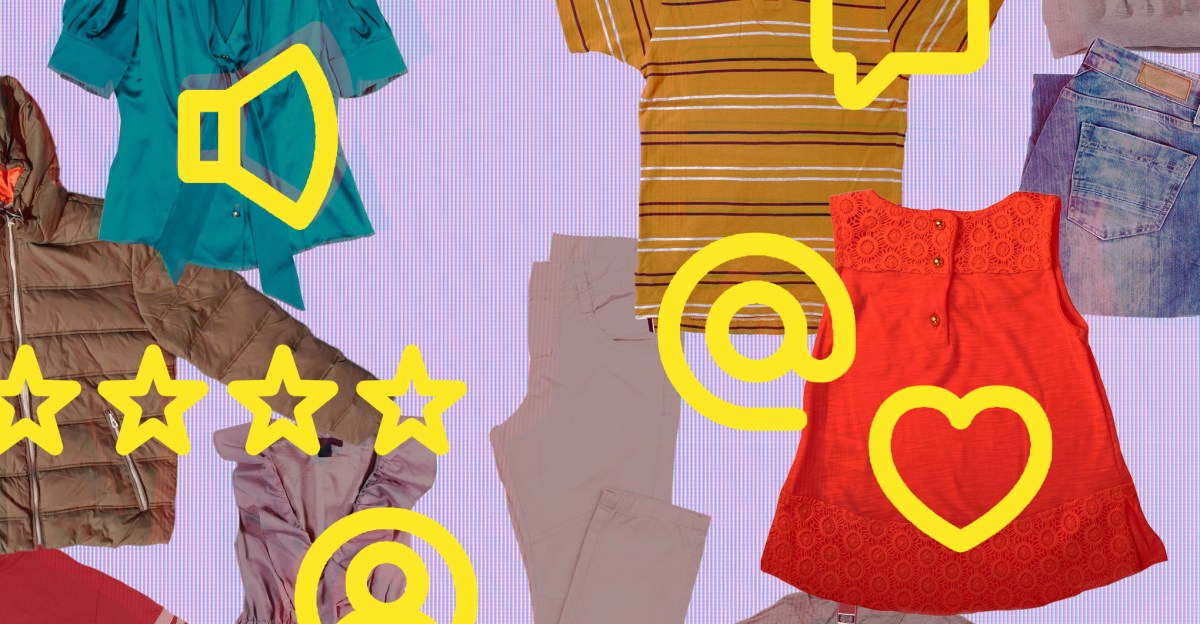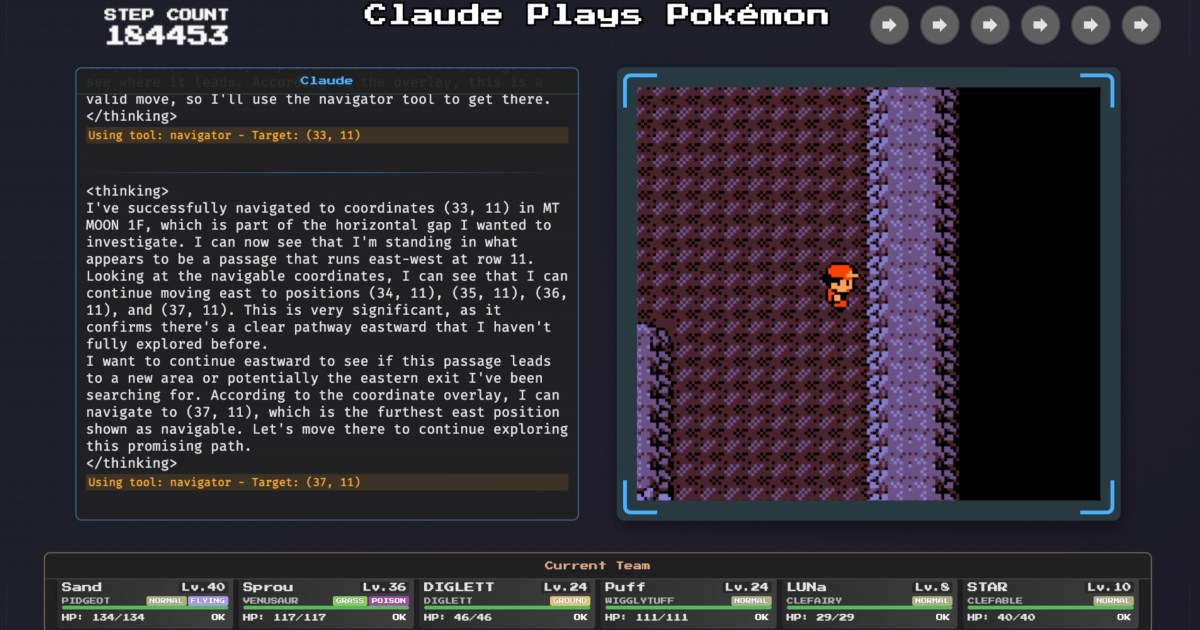
Moms Shop at Second-Hand Stores on Instagram.
The social network is not specifically designed for buying and selling second-hand clothing, but the community drives sales.
A sound on my phone alerts me to an Instagram notification: “The countdown for Clark’s Closet Connection has ended.” I decide to access the profile page and start refreshing as new posts quickly appear about tonight’s “sale.” There are Mario sneakers in size 10, Hanna Andersson pajamas with a Moana theme, and a Boden skirt in size 3T. Most users, primarily moms, comment “me” on the posts to claim the items, as it operates on a first-come, first-served basis. In total, 36 items are posted, and 24 are claimed in the brief time it takes Ashley Hauri, the owner, to finish posting. She responds to confirm the purchases and then sends payment requests through Venmo.
Hauri is part of a growing number of resellers from thrift stores, sometimes called “flippers,” who are moving their businesses from resale platforms like Poshmark to more personalized social media networks like Instagram, in order to build a closer relationship with their customers, despite the latter being less favorable for sellers. “Instagram is not designed for selling at all,” explained Hauri, who resides in Kansas City. “For me, community is key. I connect with people through Instagram. I can see their kids grow up.” Additionally, Hauri enjoys watching people wear the clothing she sells.
Reselling second-hand items online is not a new phenomenon. Sophia Amoruso started her fashion empire, which later became Nasty Gal, by selling thrifted products and goods sales on eBay in 2006. However, the term “thrifting” became popular in the 2010s as consumers began to be more aware of the environmental impact of fast fashion. The resale industry is expected to outpace retail by a factor of nine by 2027. Second-hand shopping is largely driven by millennials and Gen Z customers, who consider environmental implications, the chance to find unique items, and financial savings. Currently, millions of people are shopping through apps on their phones without needing to visit a thrift store.
There are multiple platforms dedicated to resale, such as Poshmark, ThredUp, eBay, Etsy, Mercari, and Depop, which make it easier for sellers by offering payment and shipping functionalities. However, more and more resellers are choosing to use social media platforms like Instagram, lured by the familiarity of the interface, the audience they want to target, and the communities they have cultivated. They are willing to do the manual work, often using multiple sites to post, collect payment, and ship.
Andrea Bailey has been buying second-hand clothes for her four children through Hauri for five years. While she uses sites like Poshmark to search for something specific, Instagram resales offer a more casual experience. “Her style and mine are almost identical,” said Bailey, who trusts that Hauri will find quality clothing at affordable prices, which is essential since there is no thrift store in her small town of Sabetha, Kansas. With 2 billion monthly active users, Instagram is a well-known platform that fosters conversation, making it easier for buyers like Bailey to ask questions and connect with sellers like Hauri. “It’s all more personal,” she added. “That’s what Instagram represents. You share your family, your photos, and your life. Overall, it’s a great experience.”
Resellers on Instagram typically have between 2,000 and 5,000 followers and forge close ties, creating networks of repeat customers. Buyers often tag Hauri when they or their children are wearing items purchased from her Instagram shop. “I love seeing people wear things,” Hauri remarked, excited to point out that customers frequently buy for special occasions like family photos or parties. “Those photos will last forever.” She has also created smaller groups for specific niches and uses direct messages to notify her fans of the Kansas City Chiefs when she finds related clothing.
Most sellers mimic Hauri’s process based on “first-come, first-served,” with themed sales centered around categories of clothing like pajamas or upcoming holidays. Some resellers use both feed posts and Stories, while others opt for bidding in the comments. Items that do not sell on Instagram, much like most of her adult clothing finds, are posted on her Poshmark and Mercari accounts. Through these community-focused platforms, sellers pay attention to the styles that interest their customers.
Kristine Gill began shopping at thrift stores during college as a way to save money, and a few years ago, she started reselling items. She would regularly come across things she didn’t need but knew someone else might be interested in. “It was hard to let them go,” recalled Gill, who made a good sale from a collection of vintage ceramic figurines she found for five dollars. “It was great to know that the person who was going to receive them shared the same interest in aesthetics as I did.”
The profits from reselling vary: one reseller found a Vera Wang dress for 19 dollars and is selling it to fund her divorce. For Gill, the extra income has been a supplement to her hobby. As Hauri’s Instagram account has grown, so has its financial importance to her family. “We’re not retiring on this money, but it definitely allows us more comfort and flexibility,” Hauri remarked, who also has a full-time job. “For me, the money is an incredible benefit because being paid to shop is, I think, the dream job for many people.”
As second-hand shopping tends to increase during periods of economic recession and inflation, it is likely that this trend will persist in the near future, especially considering Federal Reserve officials have noted that uncertainty about the U.S. economy is “remarkably high” and layoffs have reached their highest level since 2020. Thrift store resellers are poised to meet this demand.



